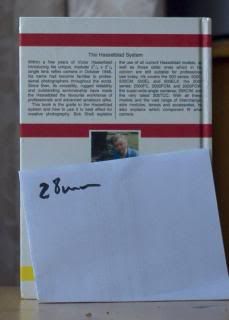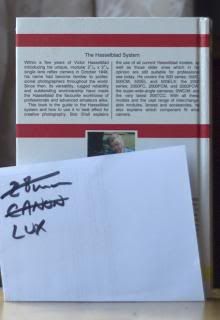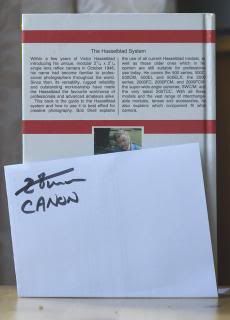Fraser
Well-known
Just did a quick sharpness test on my M9 with my wides,
28mm summicron
35mm summilux pre asph (at F2)
35mm Canon F2 Ltm
And the sharpest yes you guessed it the Canon🙄
28mm summicron
35mm summilux pre asph (at F2)
35mm Canon F2 Ltm
And the sharpest yes you guessed it the Canon🙄




